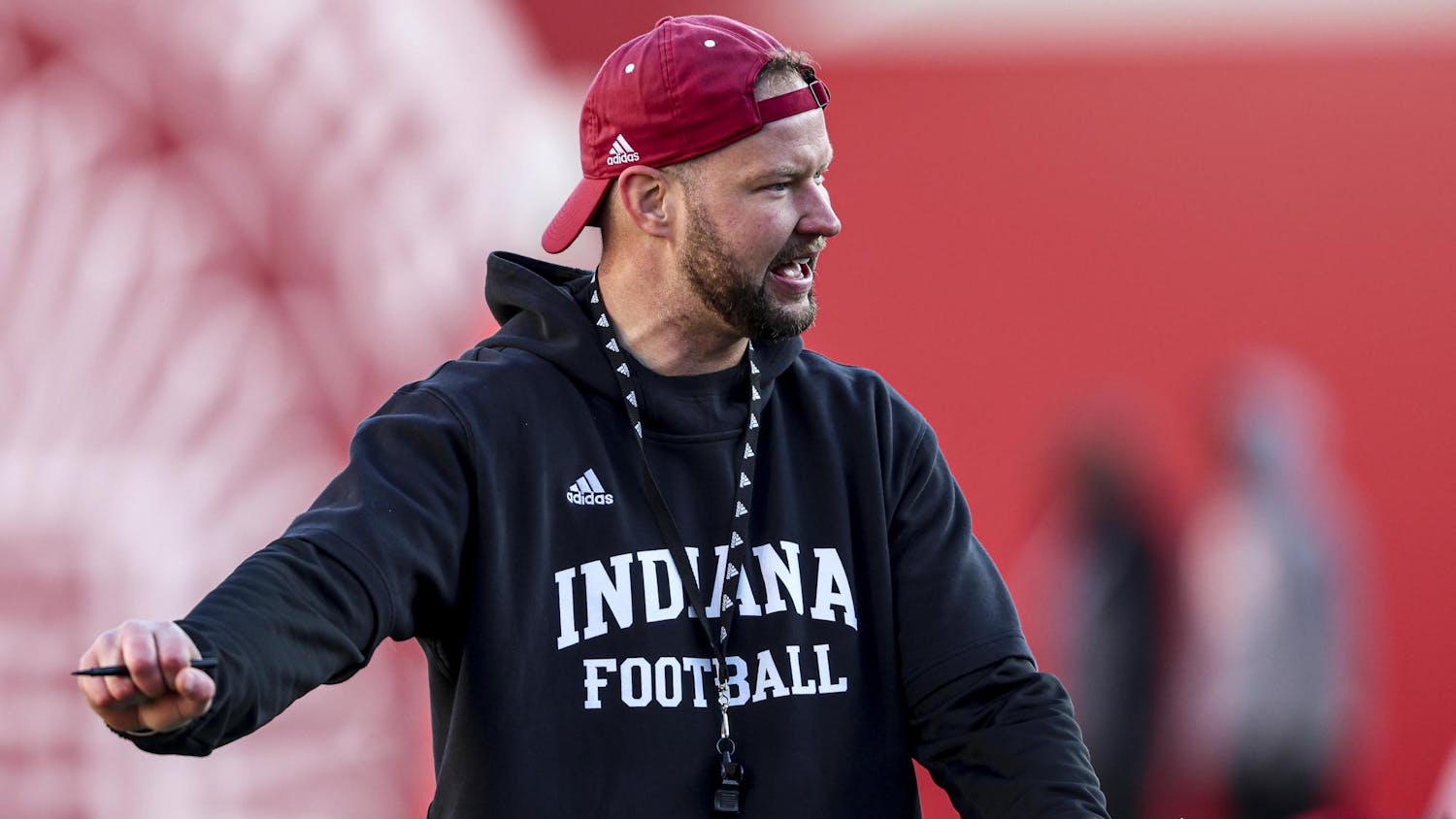Close to 20 student leaders gathered last Friday for roughly two and a half hours to discuss the racial climate on this campus.
“I basically started the meeting like, ‘Here’s what IUSA knows. What everyone is here today to do is tell us what we don’t know,’” Tinder said.
Tinder said one major issue most attendees agreed was a problem is the lack of a director of diversity education on campus.
Another major issue discussed was the low retention and graduation rate among black students.
There are many reasons for the low retention rate among black students, but Sherrell said it is necessary black students feel welcome on campus before any other issue — such as a lack of money to continue paying tuition — is addressed.
“In order for us to have a higher retention rate, there are many things that have to happen,” Sherrell said. “But, above all, IU has to foster an environment where black students or students of color or African-American students can feel comfortable and they want actually to stay, regardless of any other outside circumstances.”
Sherrell said he feels it is important for IU to make an effort to educate the student body on the culture of racial, ethnic and cultural minorities, rather than leaving these educational efforts to the students in those communities.
Sherrell said joining student organizations and putting on educational events to educate their peers cuts into these students’ ability to do their school work.
“We are forced to educate the campus on our own about our culture,” Sherrell said. “That takes time out of our day. Being forced to make the environment that you’re in more culturally receptive of who you are, that can be strenuous on anyone’s academics.”
Sherrell said another issue is the grouping together of various people on campus who may not have the same needs or wants.
For example, black students include Americans who may or may not identify as being a part of the black community, as well as students from Africa, Sherrell said.
“These are different communities, different cultures that the University decided to lump together,” Sherrell said.
The issue also arises when it comes to international students, Sherrell said.
He said there is a perception that international means Asian, when, in reality, international students come from across the globe, not just Asia, and thus have diverse needs and wants.
Ardin Yeo is an international student who attended the meeting. He is from Singapore and said a perception that bothers him is that all international students who look Asian must be Chinese.
Yeo also said he feels there is a perception that international students are recruited for their ability to pay rather than their qualifications, which affects Americans’ perceptions of their international peers.
The fact that there is such a large population of international students also causes tension, Yeo said.
“International students feel Americans are suspicious of them,” Yeo said. “Because many Americans don’t come from diverse places themselves, this is not something you can help. When it comes to the shock of seeing so many of the so-called ‘same kind,’ I would assume that Americans feel very uncomfortable.”
Yeo said he feels international students are heavily recruited, but IU does not do a good job of integrating them into campus.
One idea he said he has for helping international and domestic students interact is to create a course similar to the intensive freshman seminar that would occur during both semesters of students’ freshman year. In this course, Yeo said students would be put into a diverse environment and have the opportunity to interact with students who might be different from them.
Yeo said he also feels a good solution to racial issues would be adding a diversity honor code at IU, which, if broken, could be followed by disciplinary action for the student.
Tinder mentioned the idea of adding a diversity pillar to the Indiana Promise.
As of now, an official meeting with the provost has not been scheduled, but Tinder said she plans to have future meetings with students to continue discussing the issues and follow up on any progress made.
“This isn’t about IUSA or IUSA being the leader of a movement,” Tinder said. “It’s just about information gathering and using the position IUSA has to make a positive difference in the life of students.”





